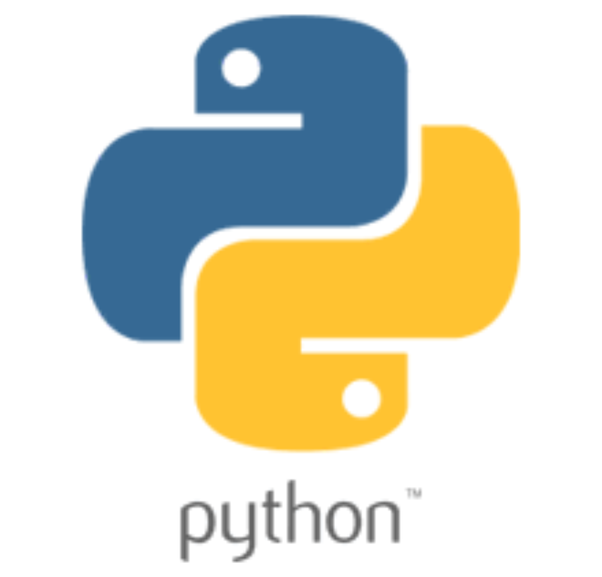Beginning Programming in Python
Fall 2019

Agenda
- Variables
- Expressions
- Statements
- Operators
- Abbreviated Assignment
- Logical Operators
- Order of Operations
Variables
- A variable is a named memory location. Think of a variable as a box.
- It contains a value. Think of the value as the content of the box.
r = 10
p = 3.14 * 2 * r10
62.8
r
p
Variable Example
Variable names
- A variable name (identifier) can be any one word
that:- Consists of letters, numbers, or _
- Does not start with a number
- Is not a Python reserved word (keyword)
- Python is case-sensitive
- "User" is not the same as "user"

Variable names example
- Numeric
- Boolean
- String
- int (25, -32, 0, 1024)
- float (1.5, 0.005, -80.12)
- complex (1+3j, 12j, -2-5j)
- True, False
- "", "Python", "B"
Data types
Expression
- An expression is a combination of values, variables, operators, and call to functions
- Expressions need to be evaluated and result in a value
# Now we have basic types and variables, we can do stuff with them
x = 1
y = 2
x + y - 2 # This is an expression, the intepretter
# has to "evaluate it" to figure out the value by
# combining variables (x, y), values (2) and operators (+, -)
# When we're calling a function (here the "type" function),
# we're also evaluating an expression
type(3.14)statement
- A statement is everything that can make up a line of Python code
- A statement does something!
- Note, therefore, that expressions are statements
# Statements are instructions to the intepreter
x = 1 # This is a statement, your telling Python, make x refer to the value
# 1
if x > 0: # Conditionals (like if (and others we'll see soon,
# are also "statements"))
print("boo")5 minutes break!
Arithmetic Operators
| Symbol | Meaning | Precedence |
|---|---|---|
| + | Addition | Low |
| - | Subtraction | Low |
| * | Multiplication | Medium |
| / | Division | Medium |
| // | Floor Division | Medium |
| % | Remainder (mod) | Medium |
| ** | Exponentiation | High |
Operator Example
Order of operations
operator overloading
5 + 10 + 12 # We can use "+" to add together strings of numbers
# Some arithmetic operators are also "overloaded" to work with strings
"This" + "is" + "contrived" # The '+' concatenates strings
# Note, this doesn't work because Python doesn't know how to add a string and
# a number together
"this" + 5
# How to fix this?Abbreviated Assignment
Type conversion
- To integer
- To float
- To string
- To boolean
x = int("25")
x = int(34.287)
x = int(True)x = float("34.287")
x = float(12)
x = float(False)
x = str(34.287)
x = str(12)
x = str(True)x = bool("text")
x = bool(0)
x = bool(34.287)Type conversion example
# Remember everything in Python has a type, discoverable with "type()"
# What's the type of x?
x = 12
y = 5
type(x)
type(y)
# So what's the type of our expression result?
type(x // y)
type(x / y) # And this one ?
type(x + 5.0)
Logical operators
0
Advanced issues found▲
- Booleans are used for making decisions in your program
- To do this we use logical operators
- Some logical operators:
>
>=
<
!=
==
and
or
<=
Logical Operators example
putting it all together
What's due next?
- Assignment 1 is due on October 13th at 11:59 pm
- Zybooks Chapter 2 & 4 - due on October 6th at 11:59 pm
Lecture 2 challenge
Questions?

CSE 20 - Lecture 2
By Narges Norouzi
CSE 20 - Lecture 2
- 1,991



